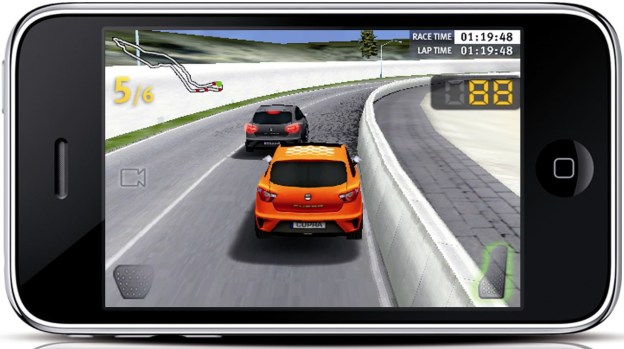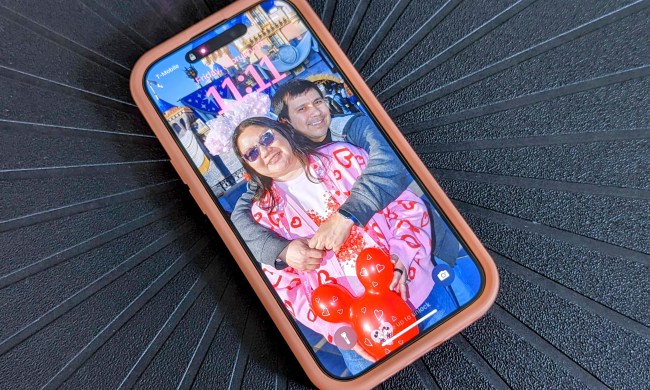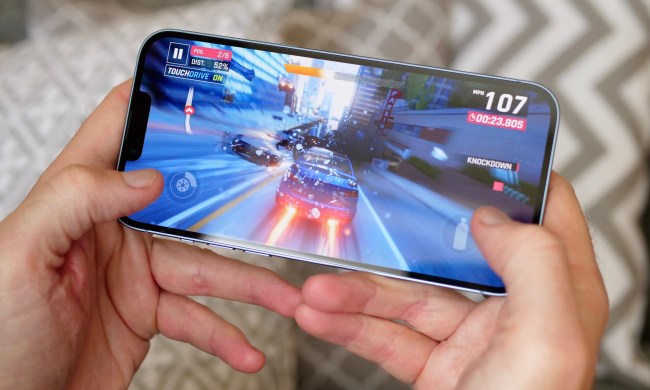
Mentioned in a blog post today by Flurry, three percent of consumers spend money within free games on mobile platforms and shell out an average of $14 per transaction. Seventy one percent of these transactions are under $10 in cost, 16 percent are between $10 to $20 and 13 percent are over $20. The average of $14 per transaction is elevated due to 5 percent of these gamers spending at least $50 a transaction. In addition, a 99-cent transaction occurs only two percent of the time while the most common transaction is at the $9.99 level.

In an earlier report, Flurry also found that 65 percent of the games of the top 100 grossing iOS games used the freemium model. U.S. iOS and Android game revenue is expected to top $1 billion by the end of 2011, according to Flurry. Apple takes 30 percent of the revenue generated by free-to-play games and is making sure that gamer developers continue to route purchases through Apple servers after today’s announcement. While it would be difficult for a game developer to get around Apple’s policy and disadvantageous to promote games without the Apple App Store, news organizations and other content providers can utilize HTML5 to produce an Apple friendly version of the content for Web users.


